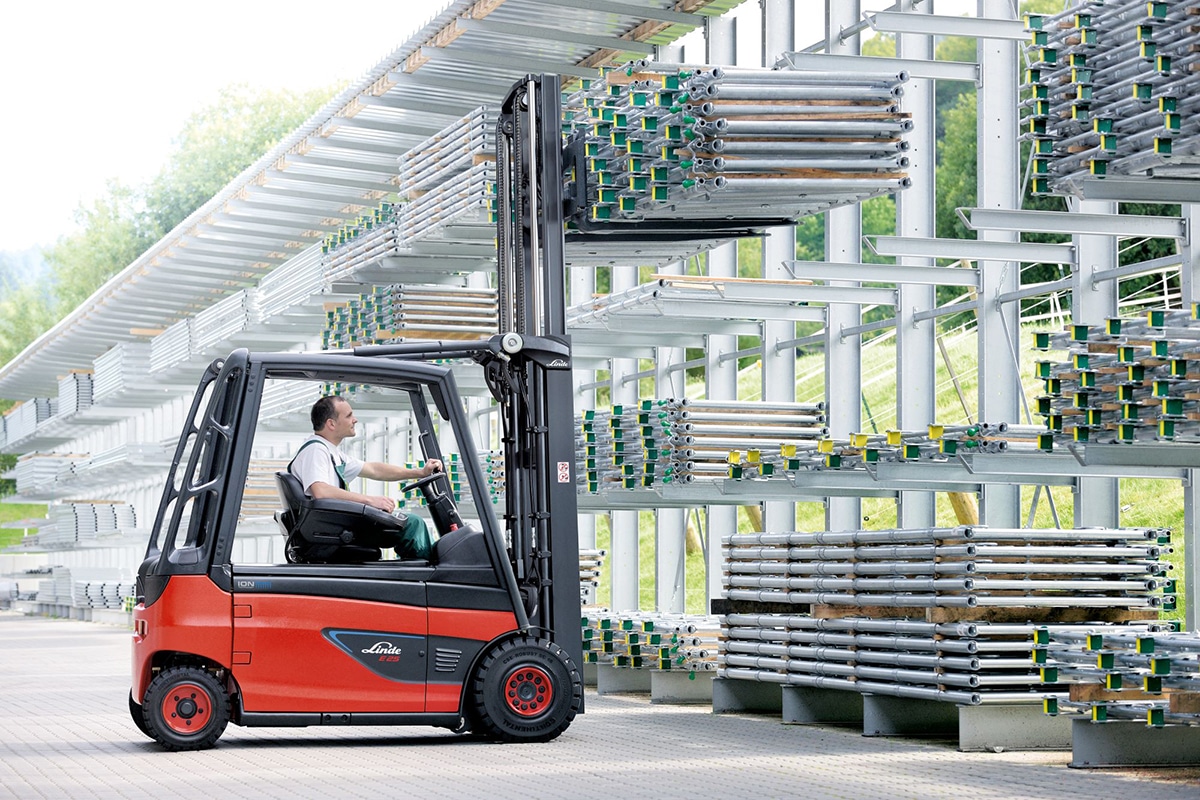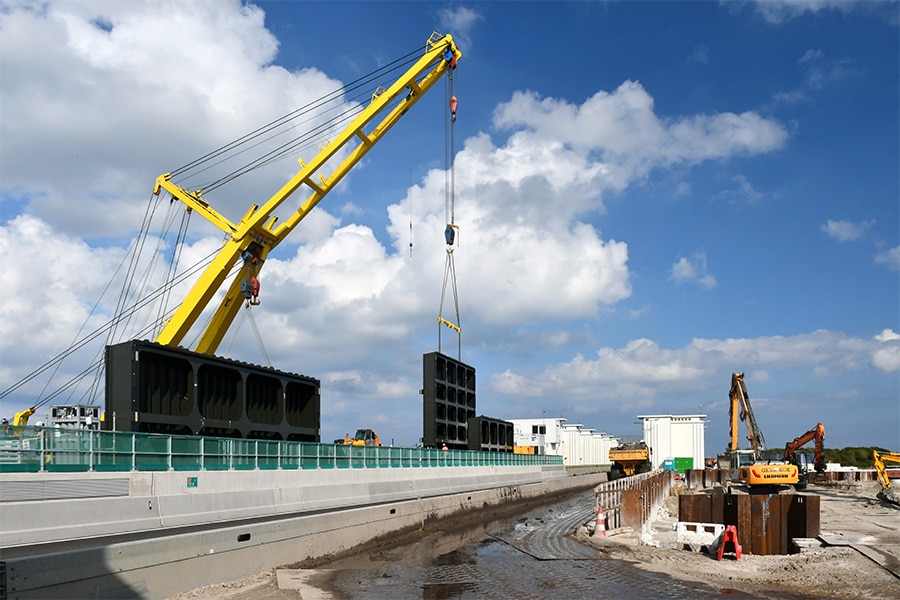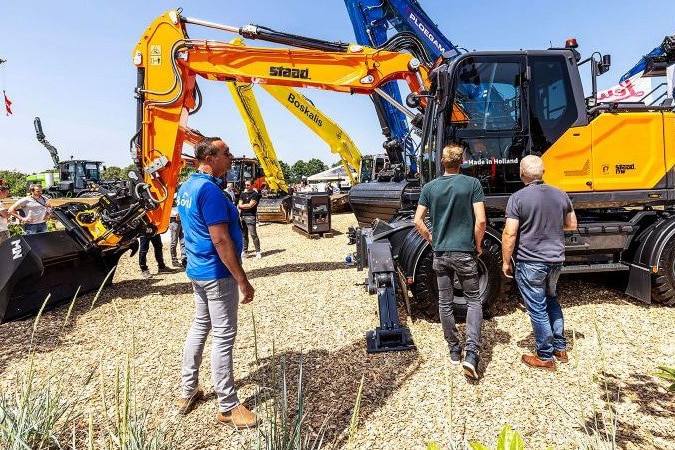
Still a major housing shortage in 2030
ABN AMRO research alarming
The housing shortage in the Netherlands has been acute for several years. It is expected - according to research conducted at the initiative of ABN AMRO - that the shortage will increase further in the next decade. The additional rising shortage will amount to another 157,000 housing units by 2030.
Building permits issued less frequently
In addition to ABN AMRO, the Dutch Association of Estate Agents (NVM) also sounded the alarm bells. The construction industry, which is increasingly building materials via Building Order buys in, so it will also get busier in the coming years. But cannot handle the high demand for housing. One problem here is that the number of building permits issued fell by 5.7 percent in 2018. And that while the construction industry is already unable to meet the growing demand for new homes. In particular, the fact that houses are so expensive is inhibiting construction. As a result, projects are starting up at a slower pace, and so new homes are moving too slowly.
The Randstad as a core deficit area
Around 2030, the lack of (new) houses, which are often built with building materials via Bouwbestel, is particularly acute in the Randstad. So the ABN AMRO study reveals. In North and South Holland and also in the province of Utrecht, the housing shortage then stands at a net 126,000 homes. This means that about eighty percent of the said housing shortage will occur in those areas.
Also quite a housing shortage in Gelderland, Groningen and North Brabant
The problem is thus concentrated in the peripheral provinces, but the housing shortage will also be problematic in other places in the Netherlands by 2030. Gelderland, for example, will then have a net shortage of 15,000, Groningen 5,300 and North Brabant 7,200 housing units.
Provinces that seem to be escaping misery
A handful of provinces fare slightly better. Such as Friesland, where there will be a "housing surplus" of 600. And in the province of Zeeland, the "surplus" of newly built houses in the year 2030 is even 3,800 houses, quite a number. The latter is partly due to the (expected) migration from Zeeland to other provinces.



